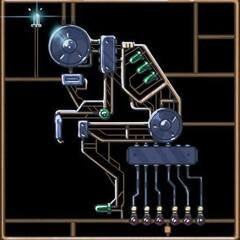Data recovery/PCB conversion
-
Featured Topics
-
Topics
-
Hashir ·
Posted in New Builds and Planning2 -
Cyber Akuma ·
Posted in Programs, Apps and Websites0 -
mulox ·
Posted in Graphics Cards1 -
Justbon321 ·
Posted in Troubleshooting0 -
ProspectorJim ·
Posted in New Builds and Planning1 -
1
-
2
-
1
-
3
-
CorruptVenom ·
Posted in New Builds and Planning4
-
-
play_circle_filled

Latest From Tech Quickie:
Ethernet Is Named After Something Really Dumb (and other tech stories)


.png.255947720031a641abdac78e663b681c.png)














Create an account or sign in to comment
You need to be a member in order to leave a comment
Create an account
Sign up for a new account in our community. It's easy!
Register a new accountSign in
Already have an account? Sign in here.
Sign In Now